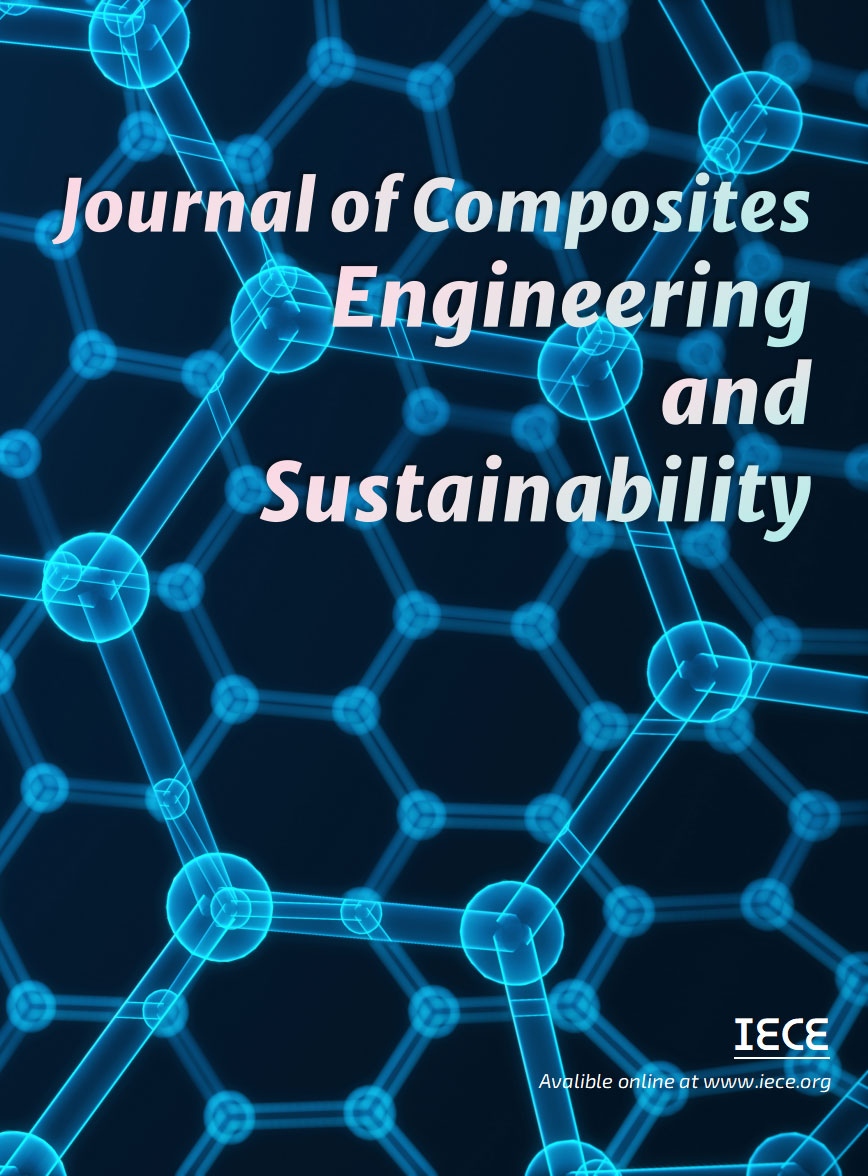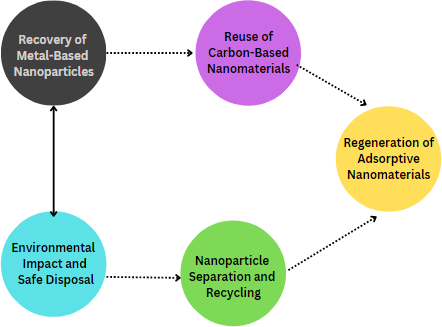Abstract
Usage of nanomaterials in the wastewater treatment provides added value from the perspective of preparation and market perspectives, adding to the demand for sustainable and intelligent packaging solutions, resulting in a market interest in smart and active packaging based on the modification of nanoparticles derived from wastewater treatment. In this paper, the advantages and their applications for the fibrous nanomaterials recovered from wastewater treatment processes, physical/chemical properties, environmental advantages, as well as their potential purposes are investigated through case studies on smart and active packaging systems. Nanomaterials such as graphene derivatives, nanocellulose, nano chitosan and metal and metal oxide nanoparticles, synthesized and recovered from wastewater possess specific physicochemical characteristics that can be tailored for the development of new food packaging materials endowed with sensing, antibacterial and barrier functions. In turn, the paper addresses the scalability, safety and regulatory concerns by exploring a discussion of extraction techniques, materials characteristics and environmental and social impacts. This article also explains how these nanoparticles can be used in such a packaging to improve their sustainability, helping to make them a more environmentally sustainable option, as well as keep products for longer and increase their shelf life. In this paper, the potential of up-cycling and micro-fabrication technologies for giving birth to innovative green packaging repurposed from waste water management is demonstrated according to the circular economy principles.
Data Availability Statement
Data will be made available on request.
Funding
This work was supported without any funding.
Conflicts of Interest
The authors declare no conflicts of interest.
Ethical Approval and Consent to Participate
Not applicable.
Cite This Article
APA Style
Prasath, K. A., Shanawaz, A. M., Calaph, Y. C., Pradeesh, T. R., & Selvaraj, R. C. A. (2025). Upcycled Nanomaterials from Wastewater Treatment for Active and Smart Packaging- A Review. Journal of Composites Engineering and Sustainability, 1(1), 3–13. https://doi.org/10.62762/JCES.2025.447373
Publisher's Note
IECE stays neutral with regard to jurisdictional claims in published maps and institutional affiliations.
Rights and permissions

Copyright © 2025 by the Author(s). Published by Institute of Emerging and Computer Engineers. This article is an open access article distributed under the terms and conditions of the Creative Commons Attribution (CC BY) license (
https://creativecommons.org/licenses/by/4.0/), which permits use, sharing, adaptation, distribution and reproduction in any medium or format, as long as you give appropriate credit to the original author(s) and the source, provide a link to the Creative Commons licence, and indicate if changes were made.


 Submit Manuscript
Edit a Special Issue
Submit Manuscript
Edit a Special Issue

 Copyright © 2025 by the Author(s). Published by Institute of Emerging and Computer Engineers. This article is an open access article distributed under the terms and conditions of the Creative Commons Attribution (CC BY) license (https://creativecommons.org/licenses/by/4.0/), which permits use, sharing, adaptation, distribution and reproduction in any medium or format, as long as you give appropriate credit to the original author(s) and the source, provide a link to the Creative Commons licence, and indicate if changes were made.
Copyright © 2025 by the Author(s). Published by Institute of Emerging and Computer Engineers. This article is an open access article distributed under the terms and conditions of the Creative Commons Attribution (CC BY) license (https://creativecommons.org/licenses/by/4.0/), which permits use, sharing, adaptation, distribution and reproduction in any medium or format, as long as you give appropriate credit to the original author(s) and the source, provide a link to the Creative Commons licence, and indicate if changes were made. 